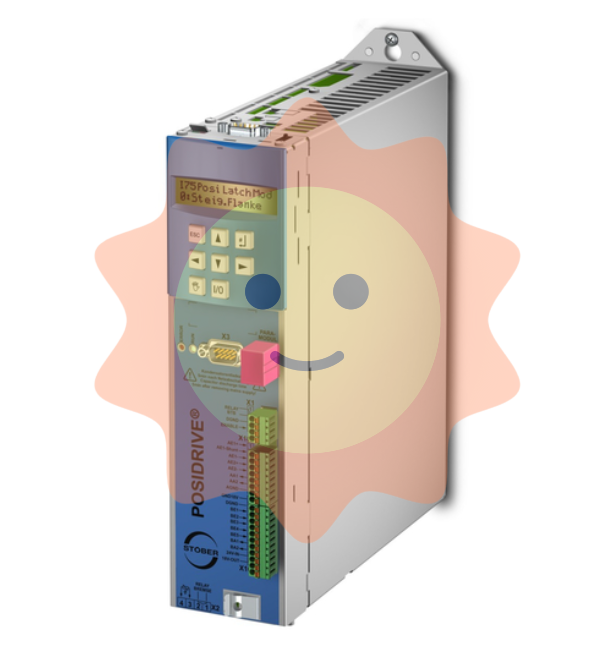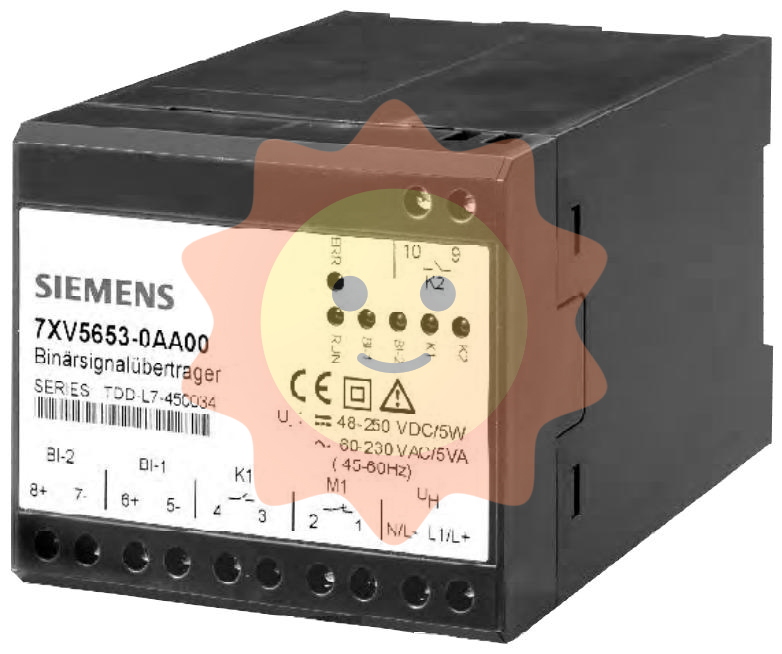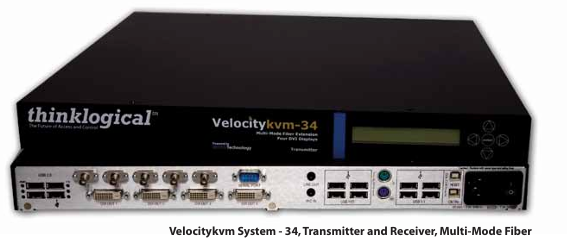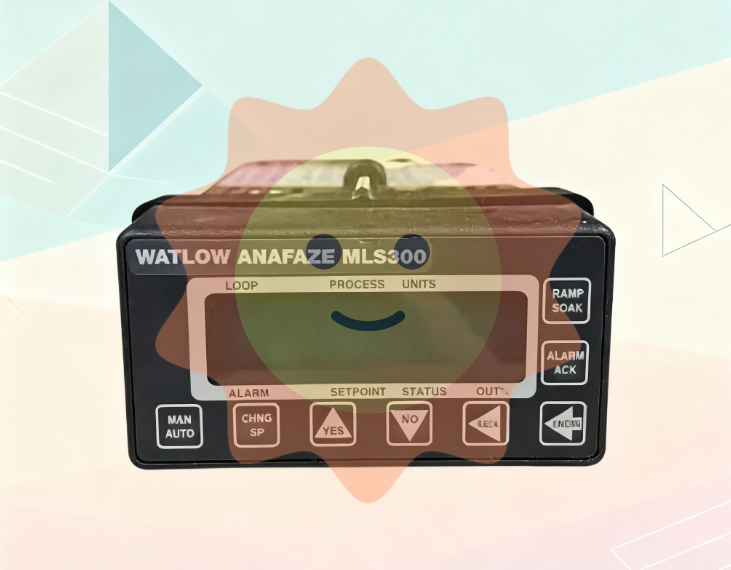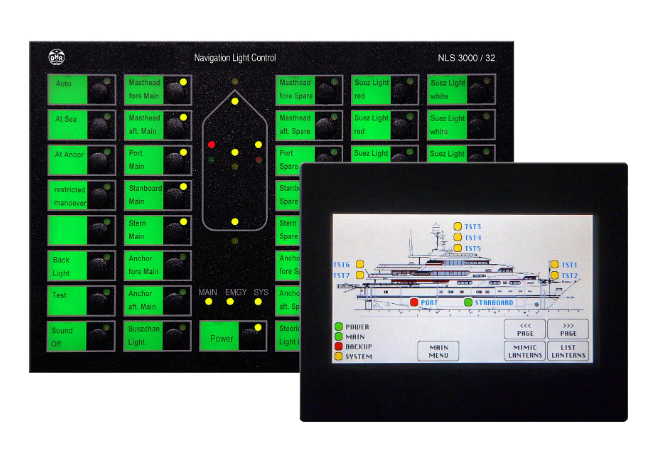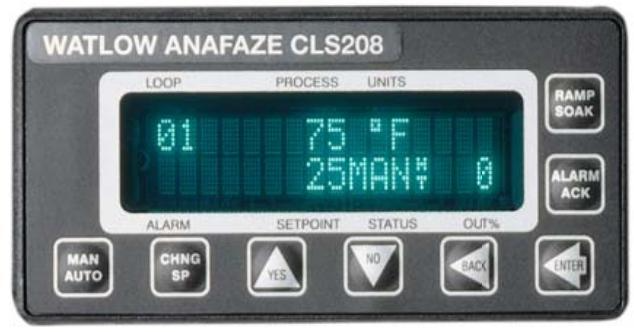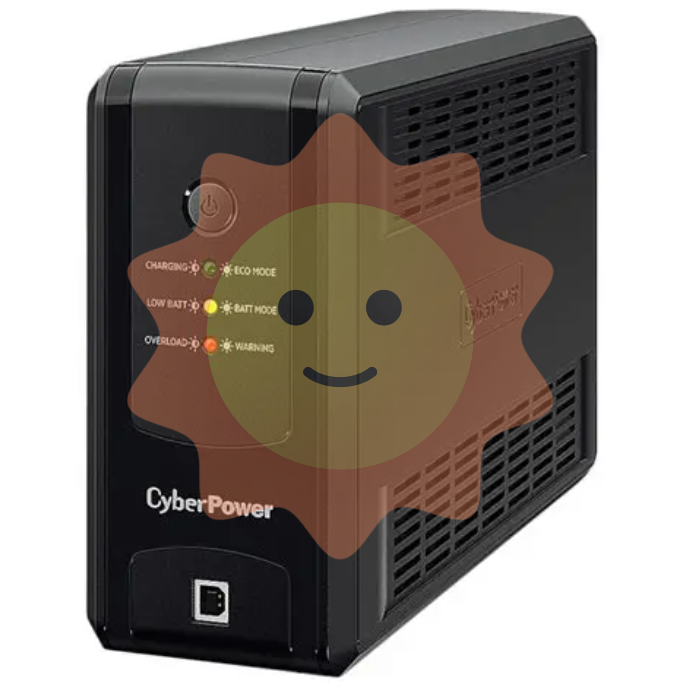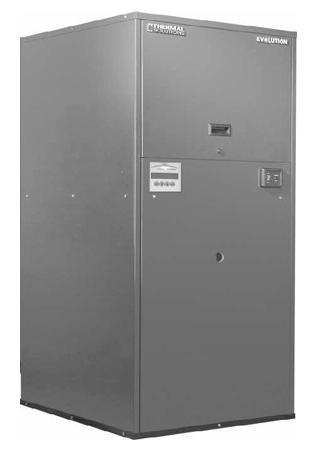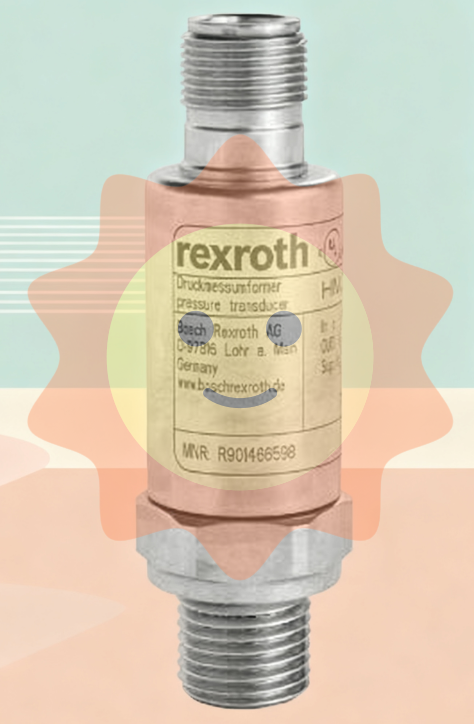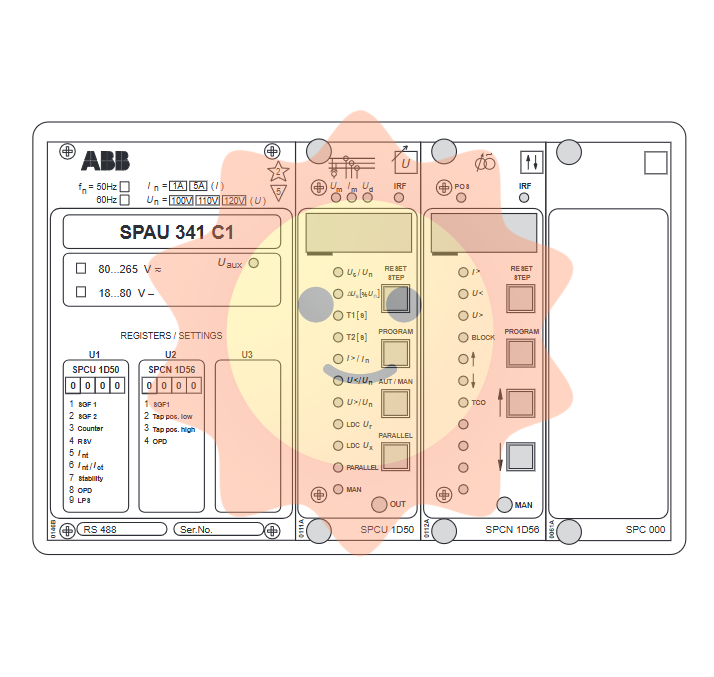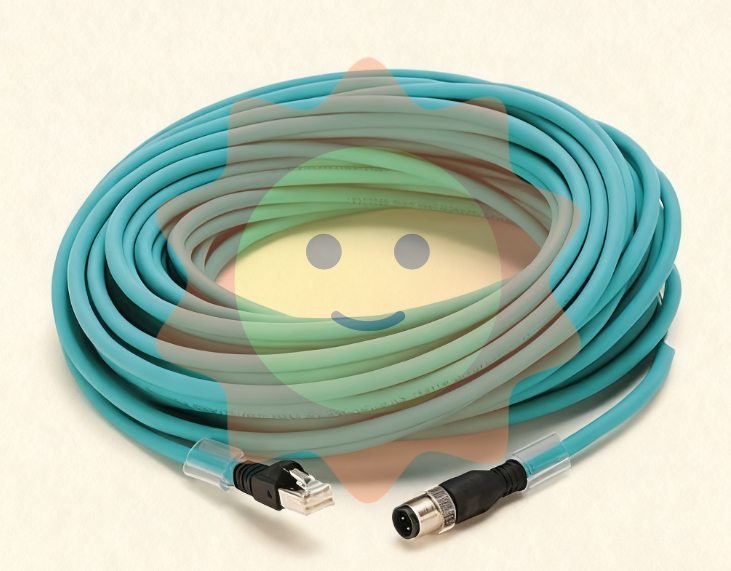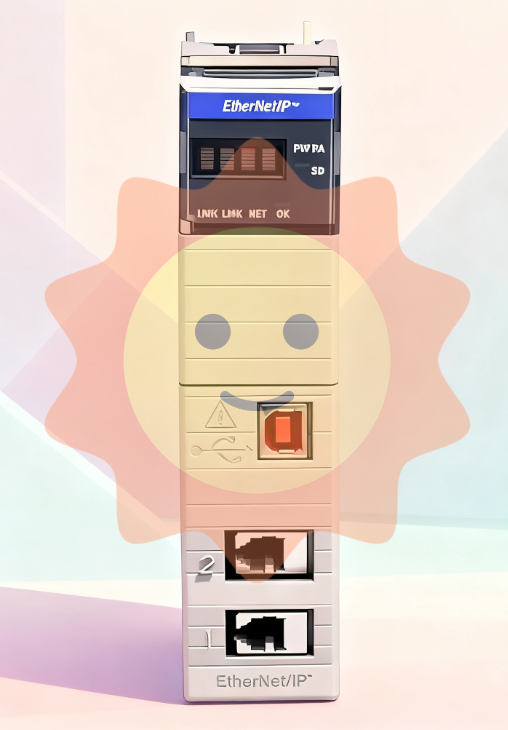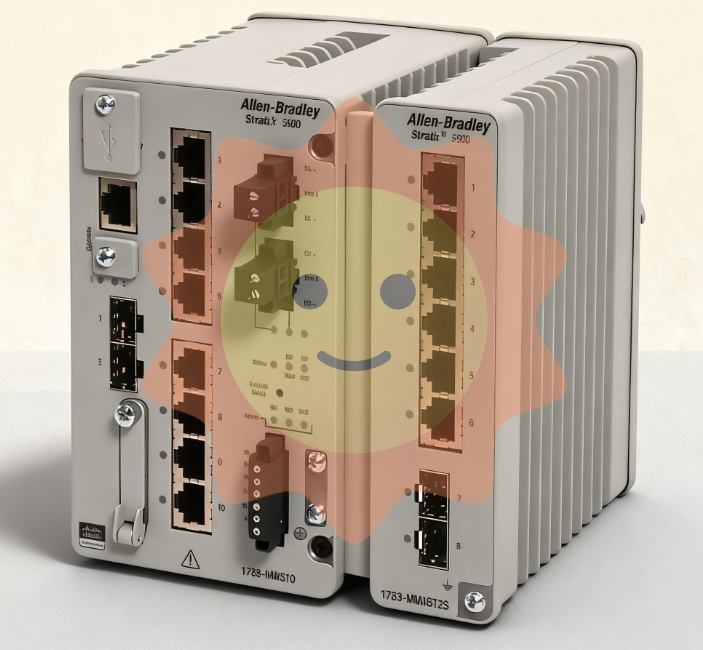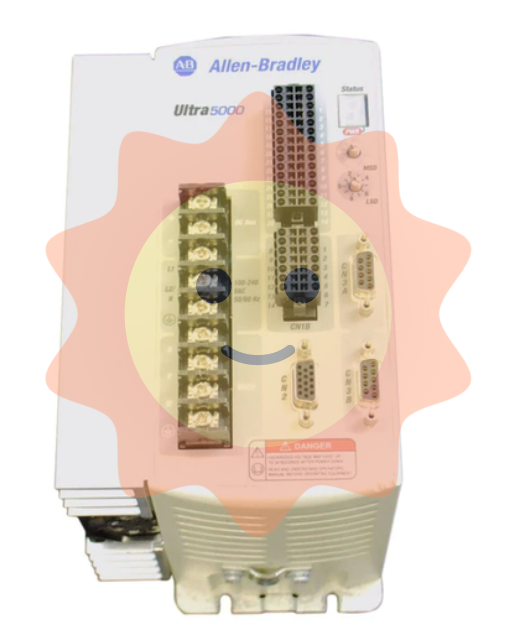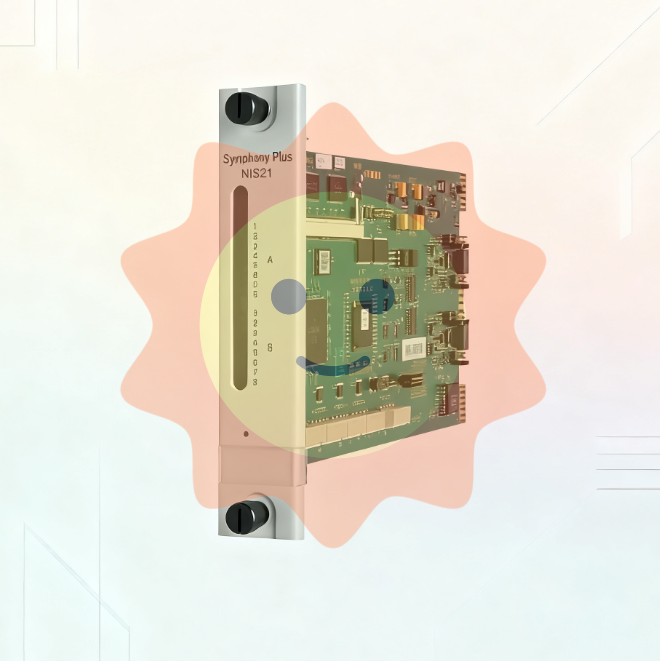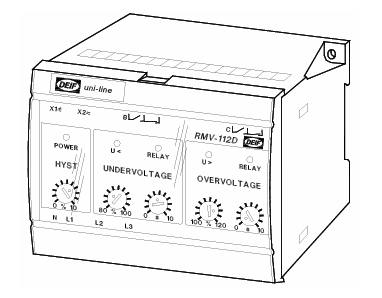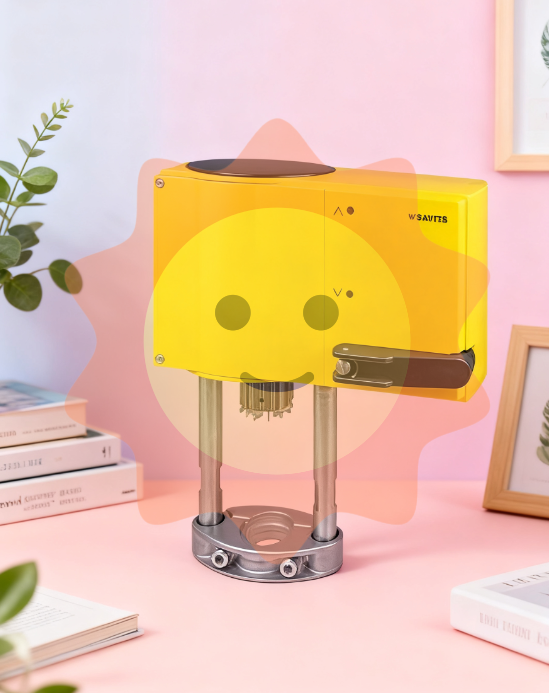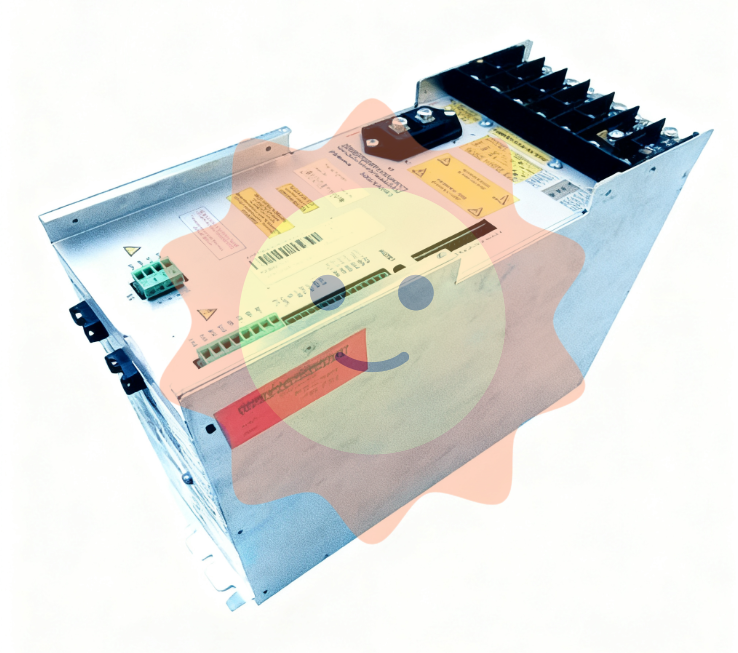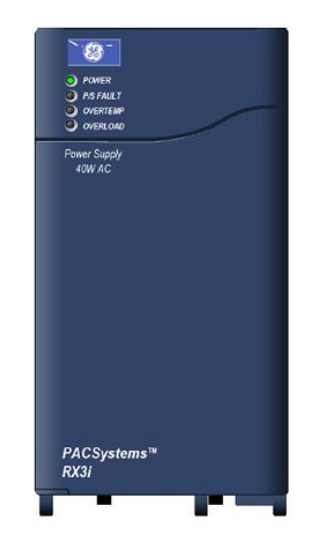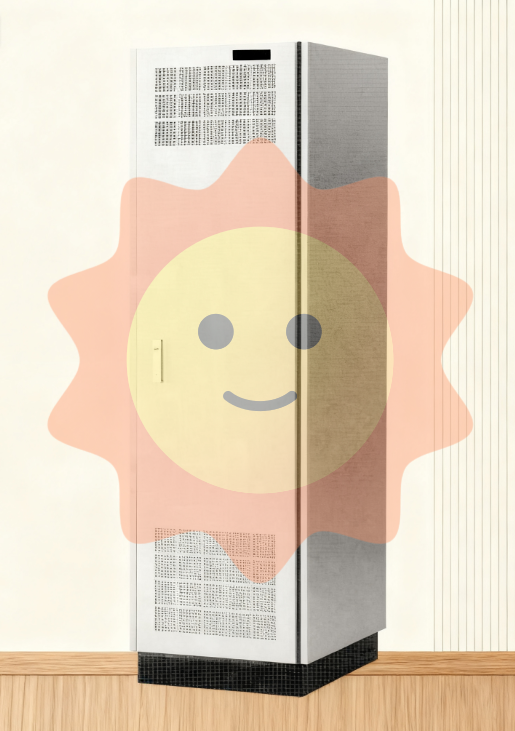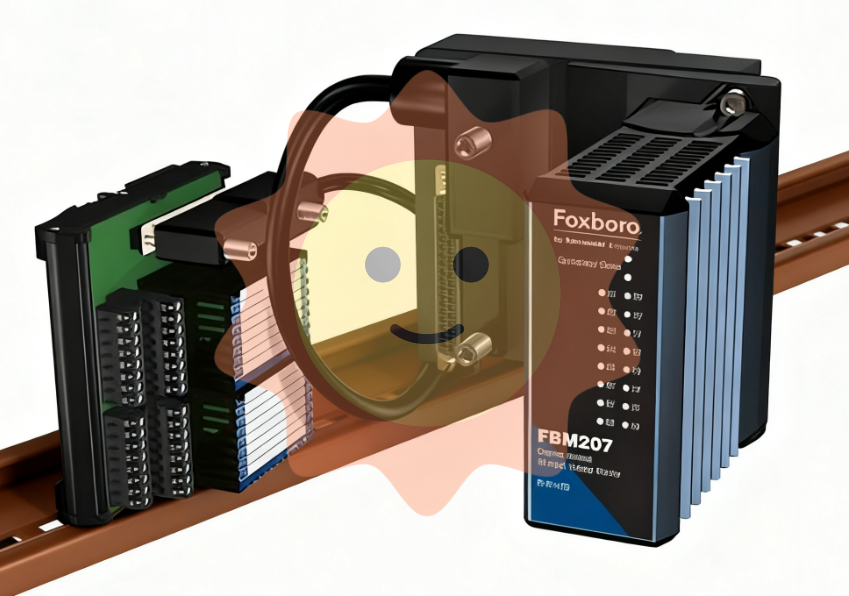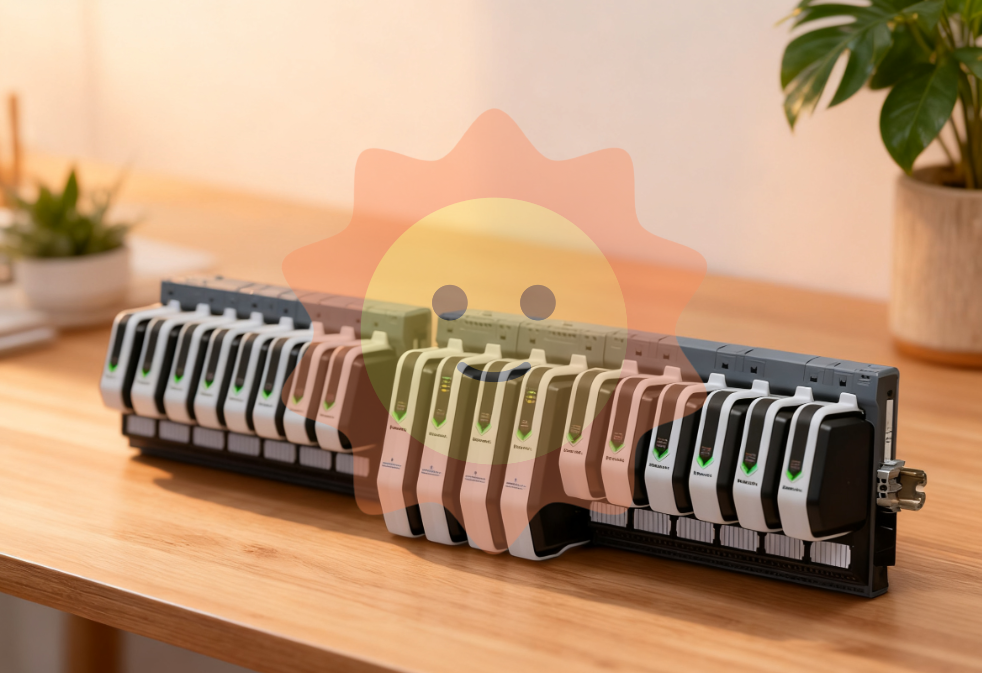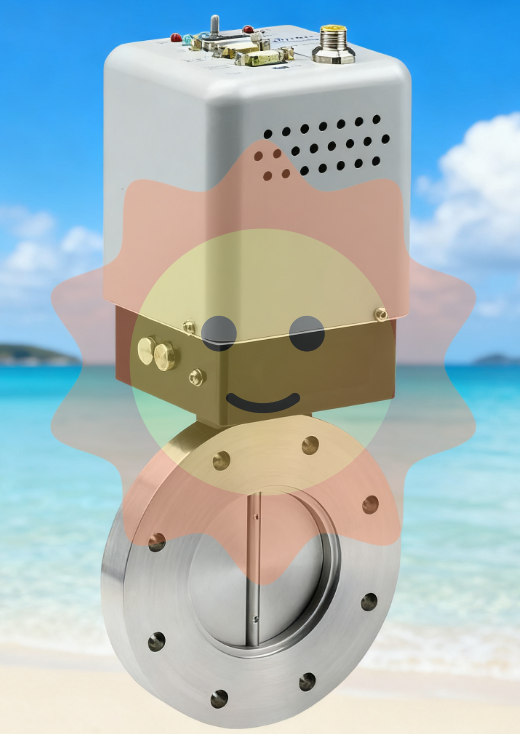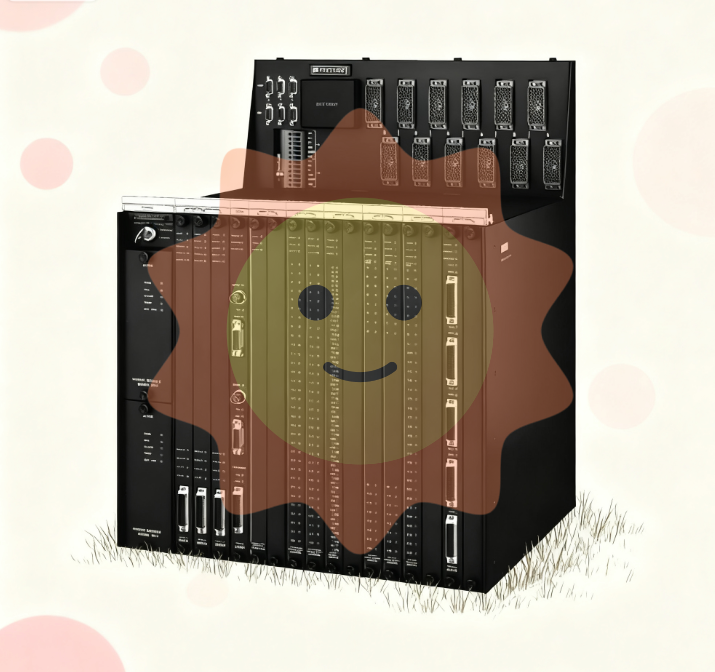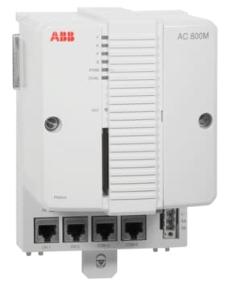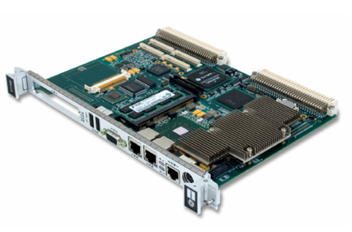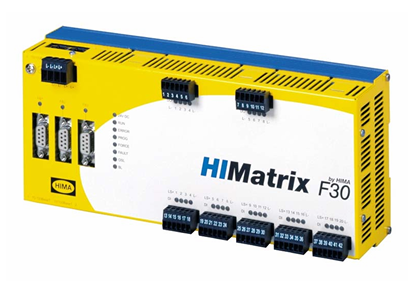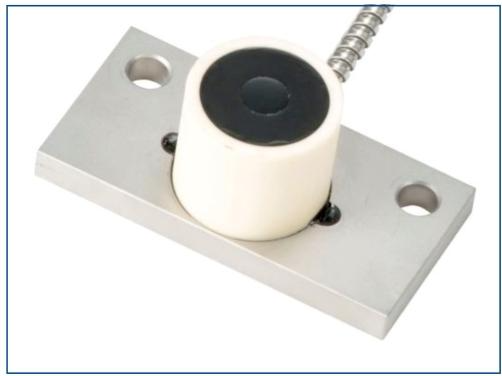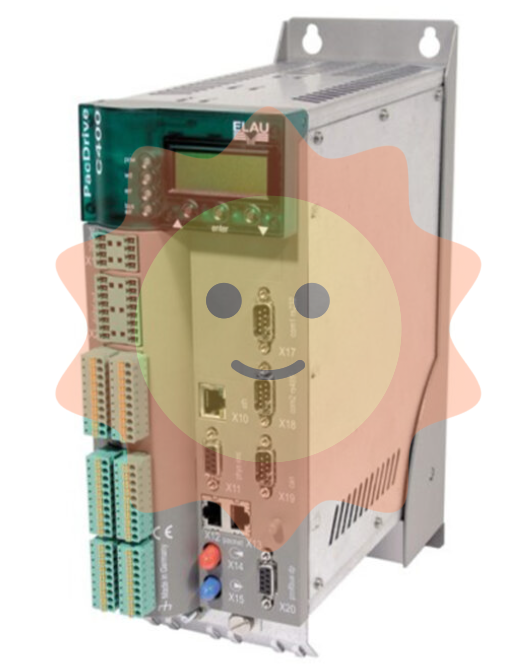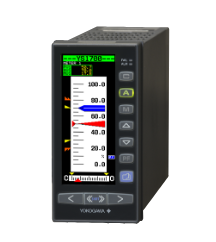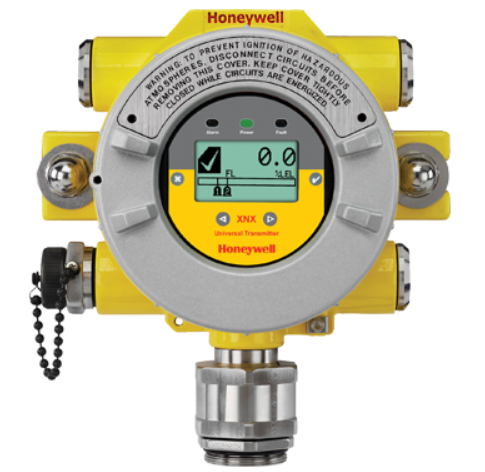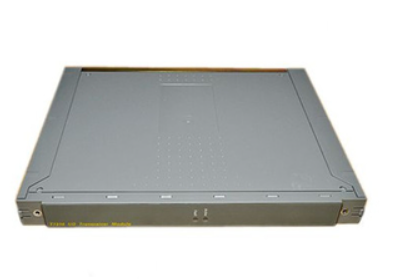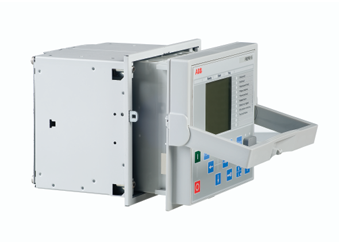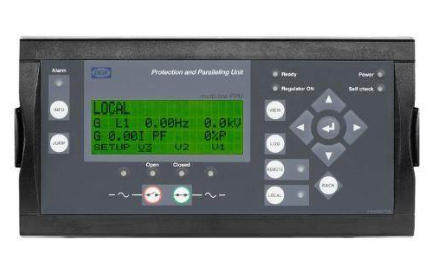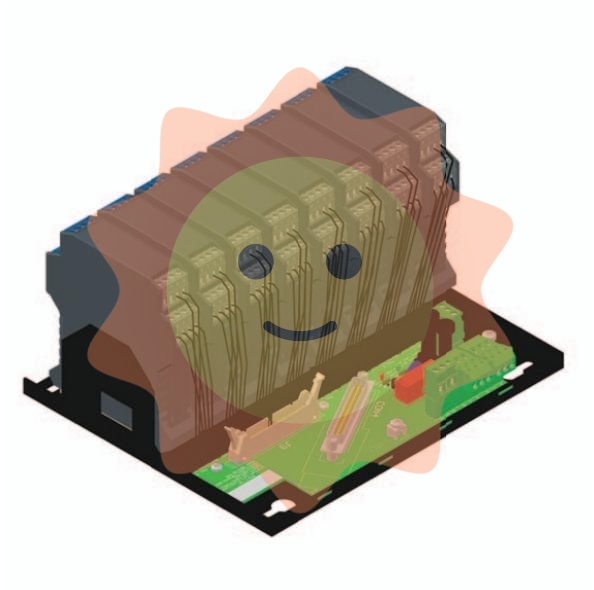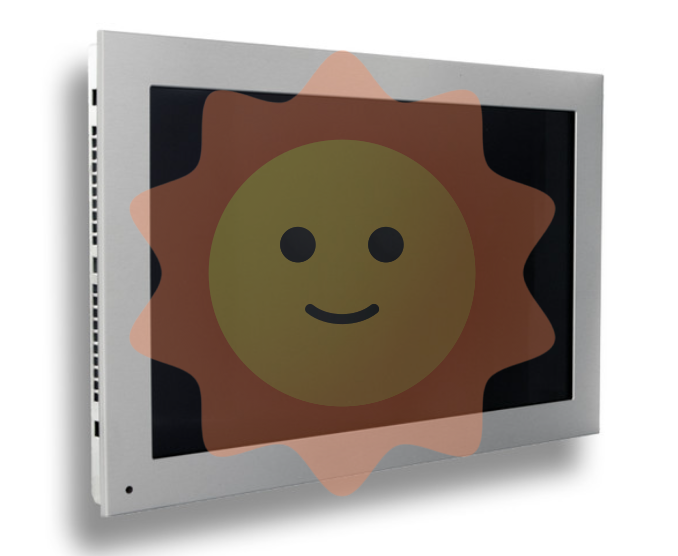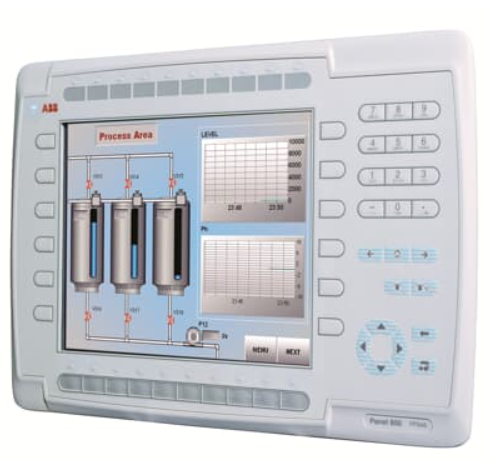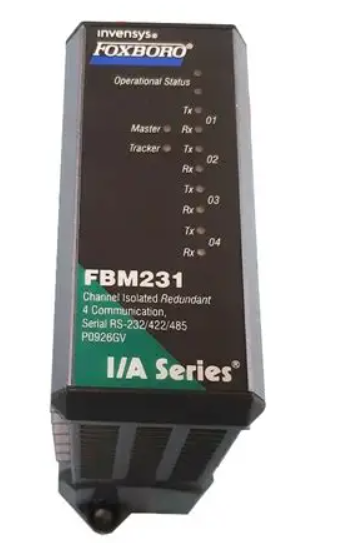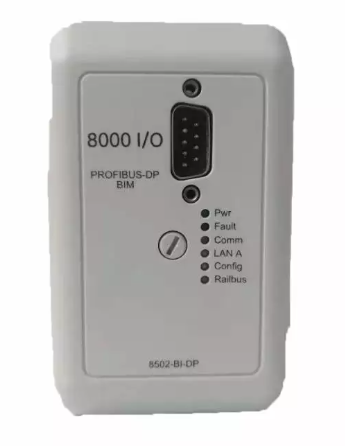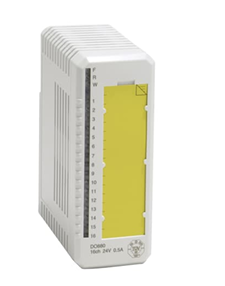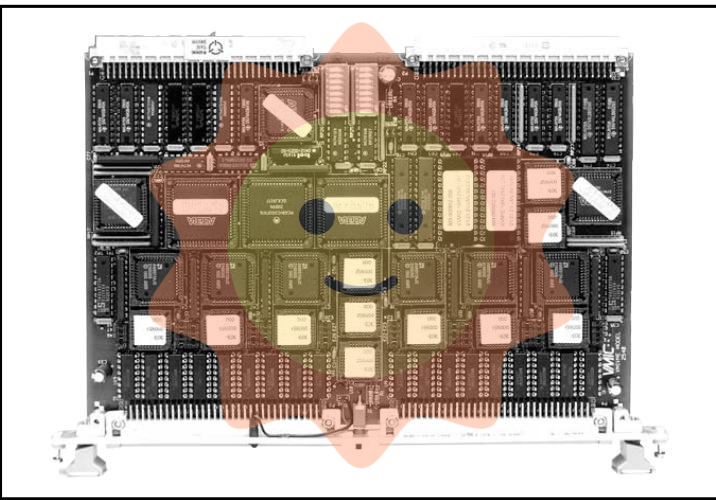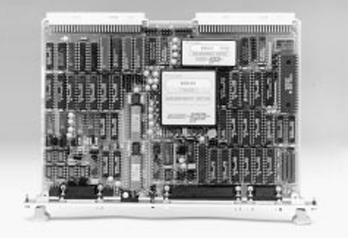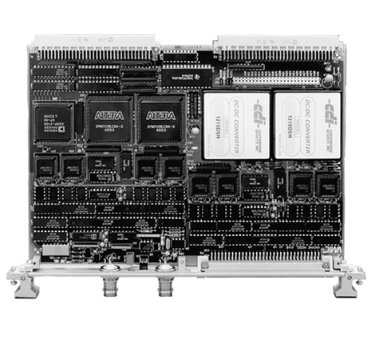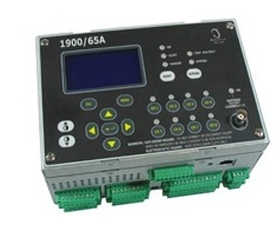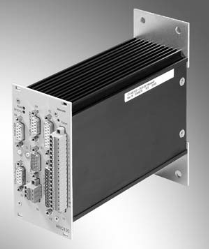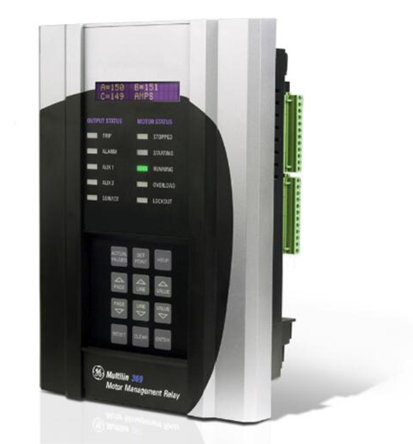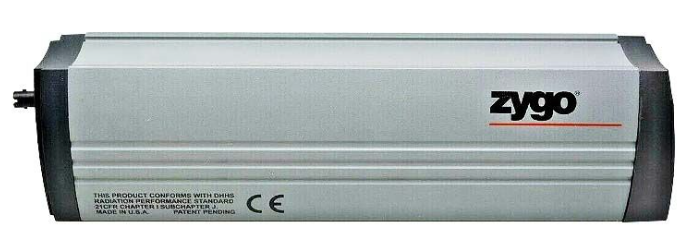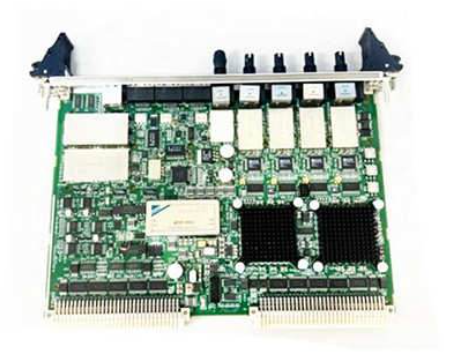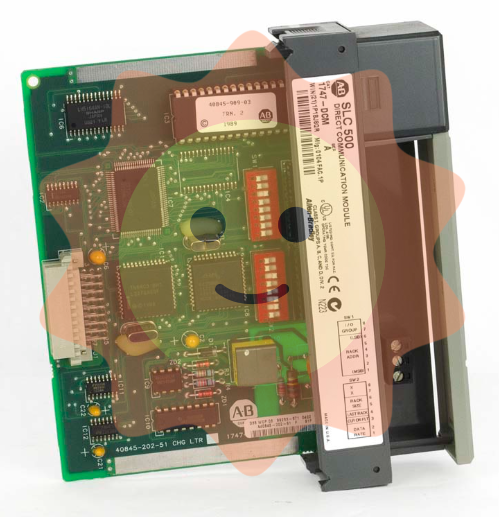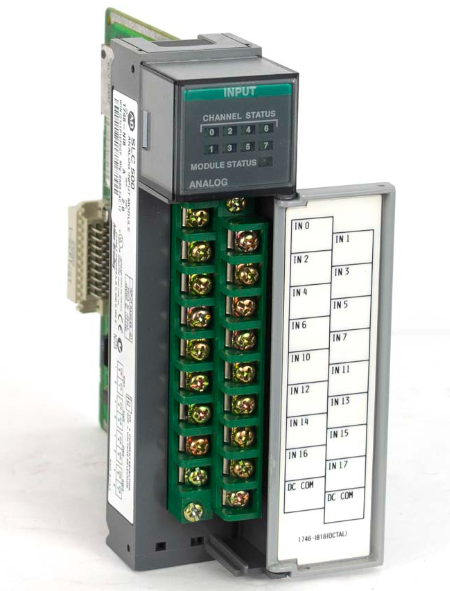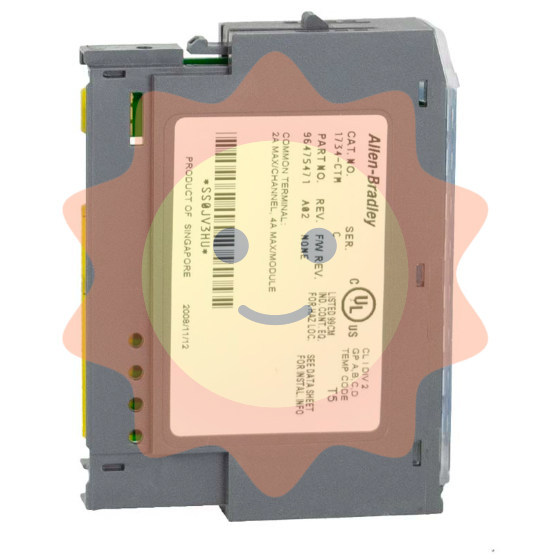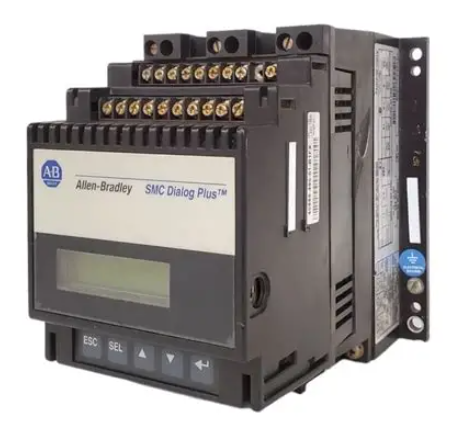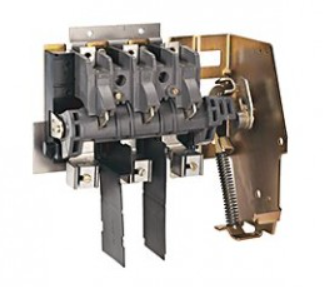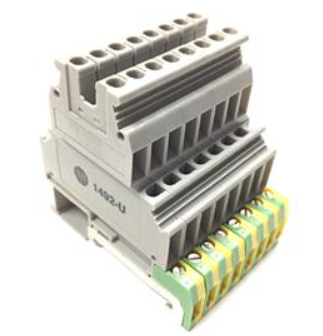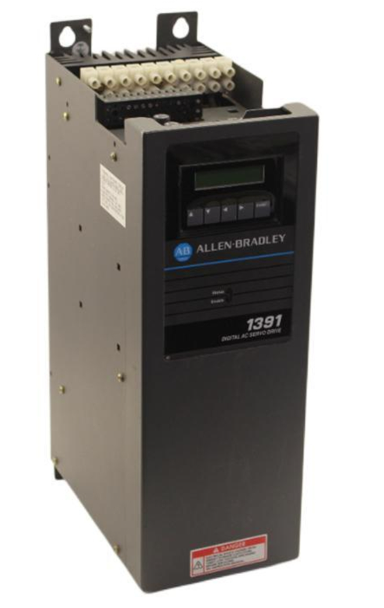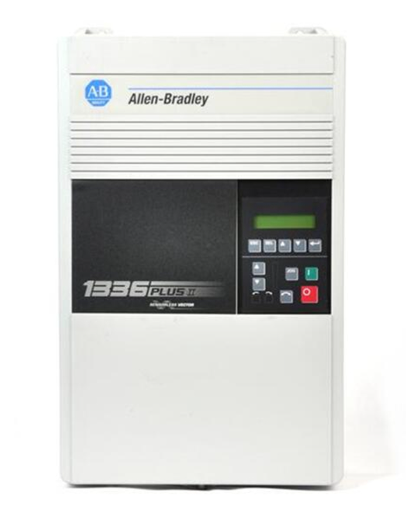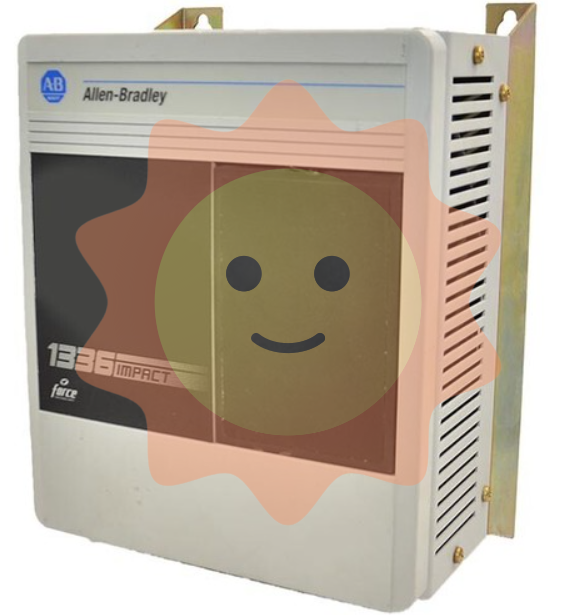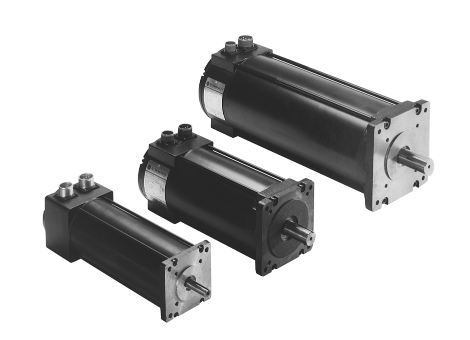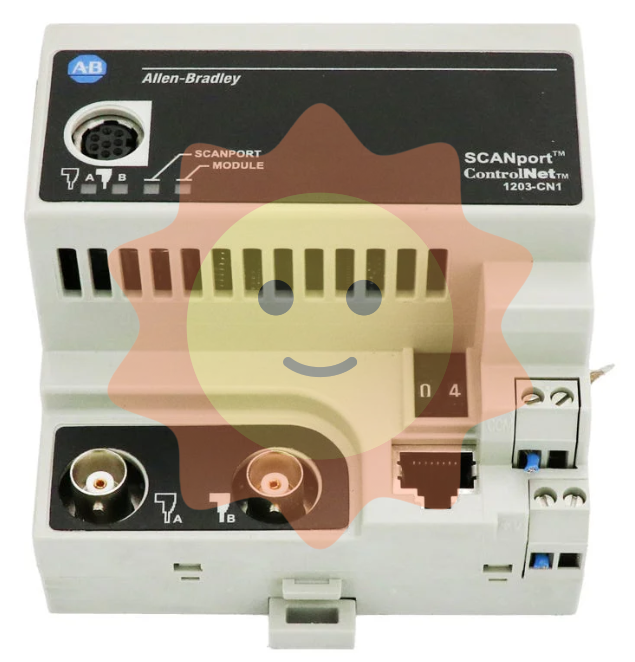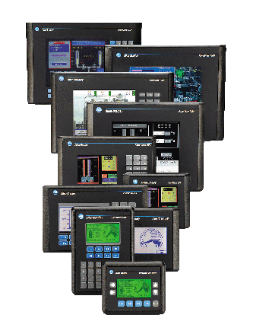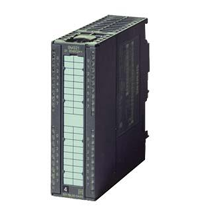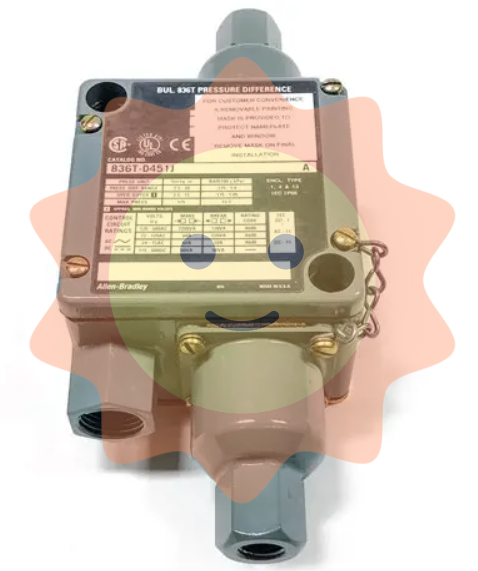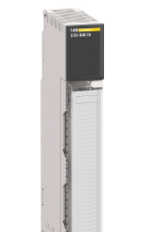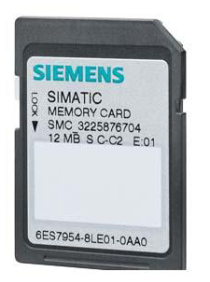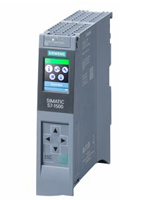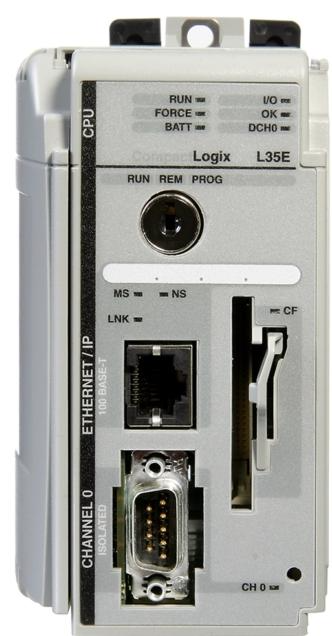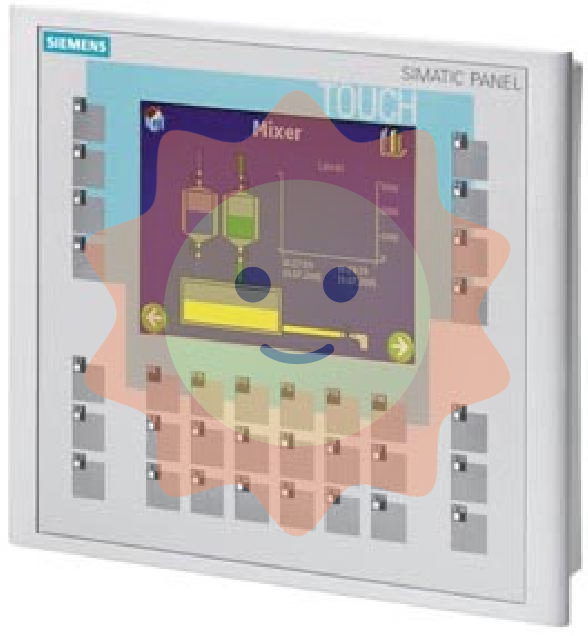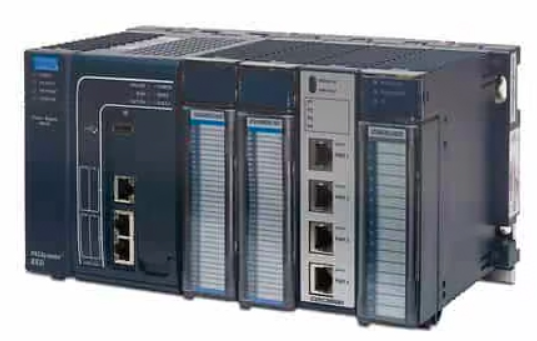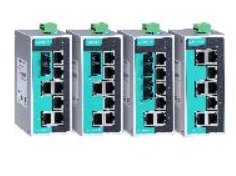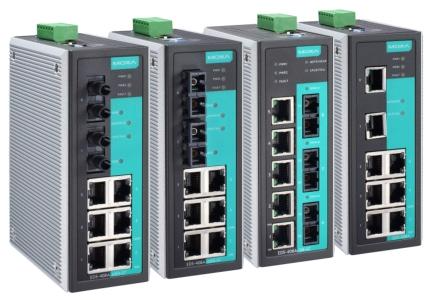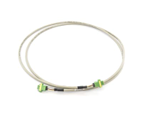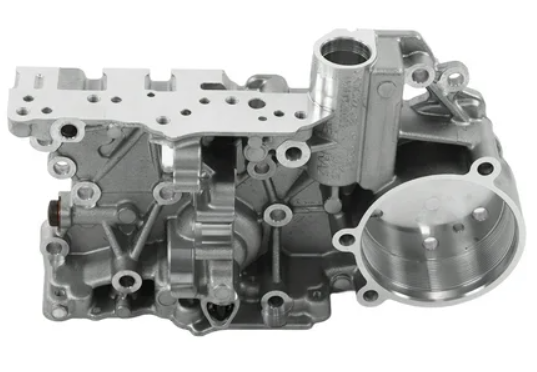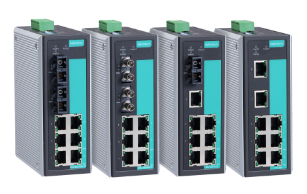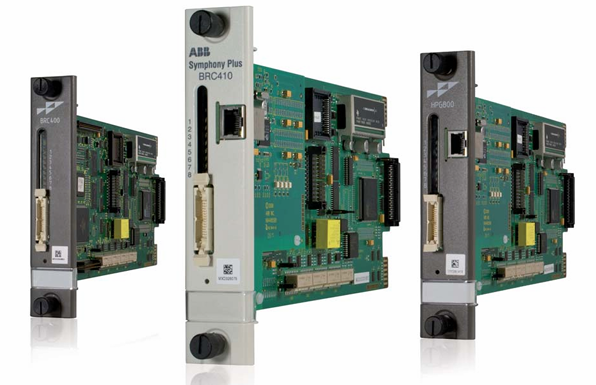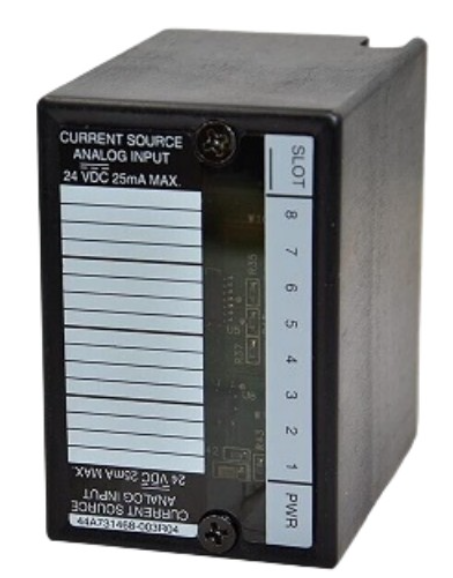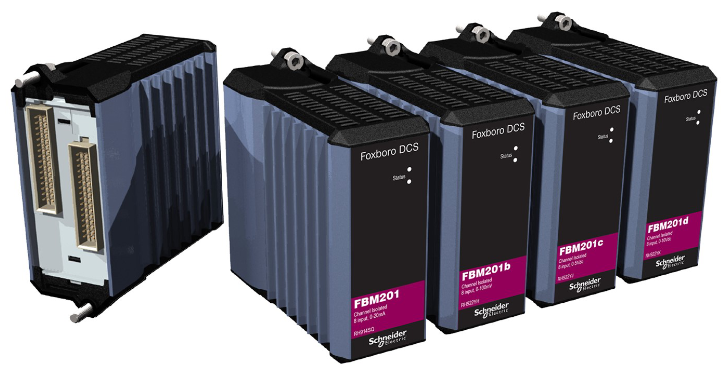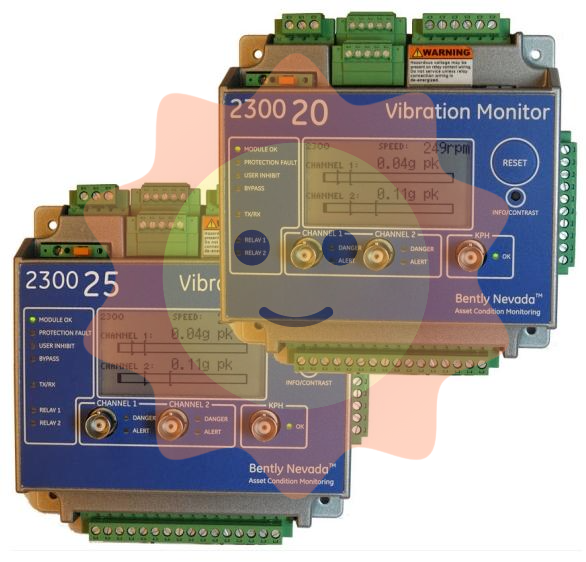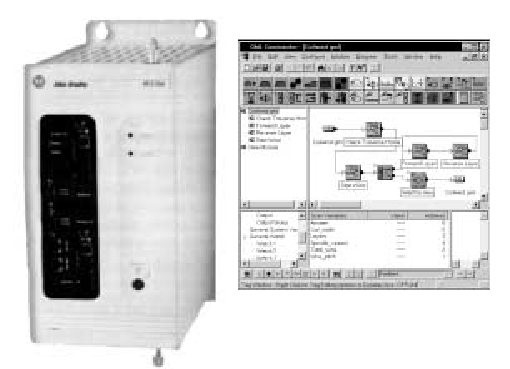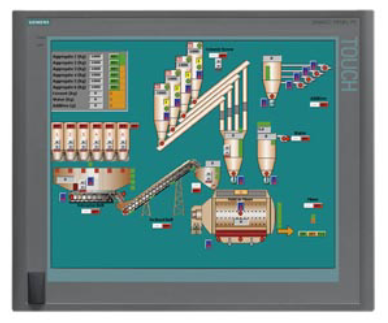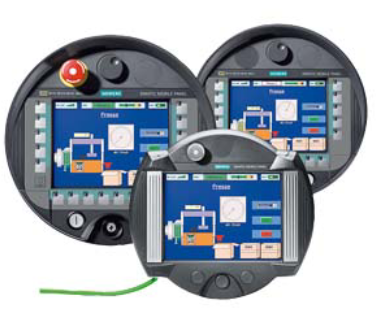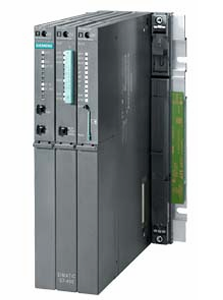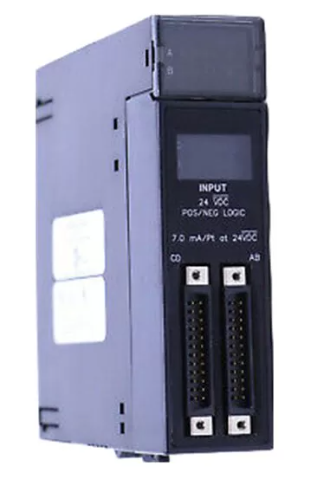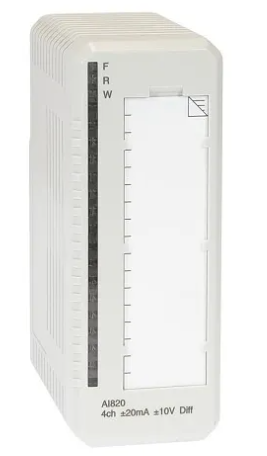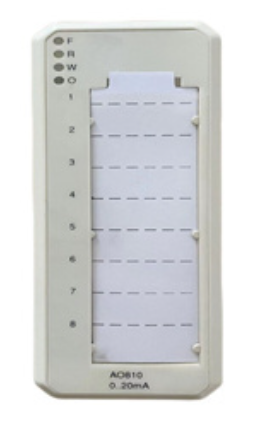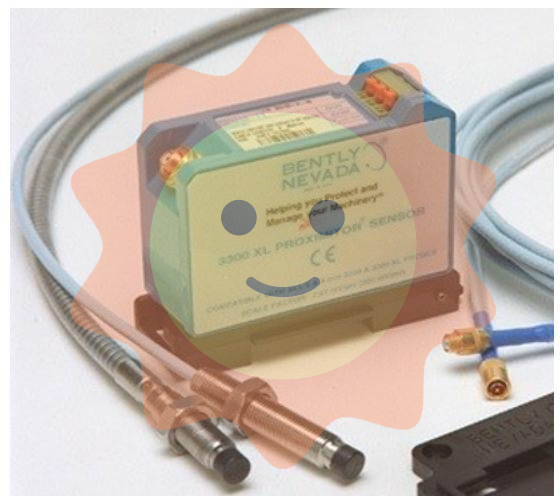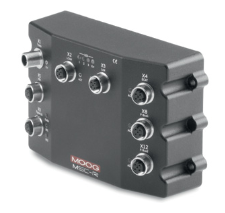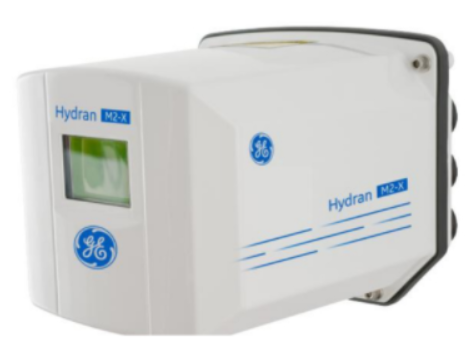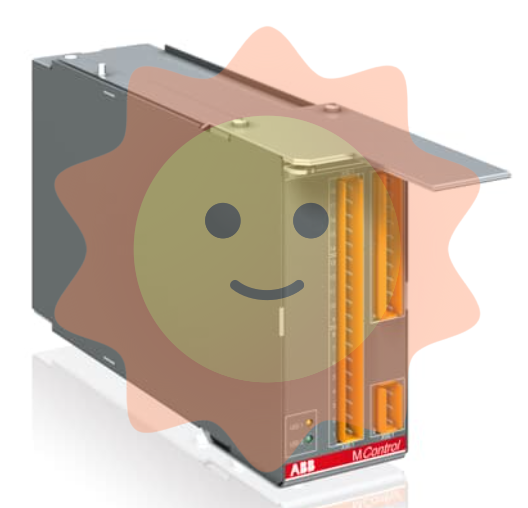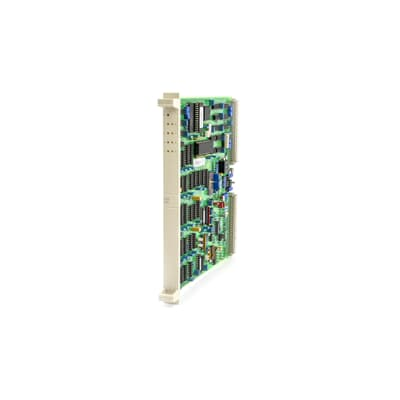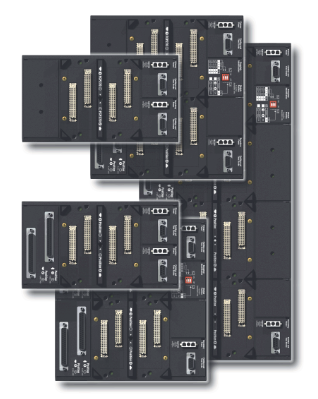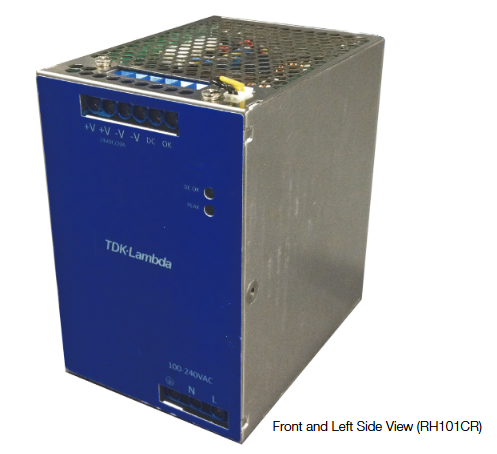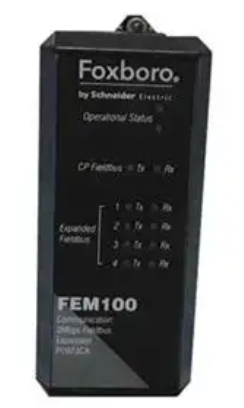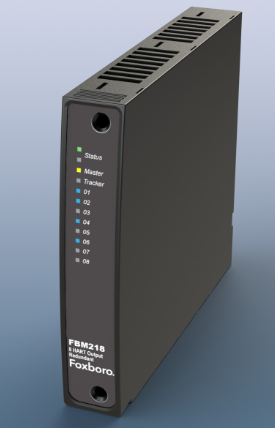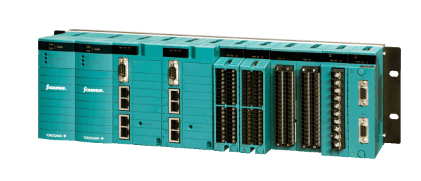Manufacturers
ABB
Model(s)
ABB Advant Controller 31, ABB Advant OCS
Additional Information
8 Binary Inputs, 3 Analog Inputs, 6 Relay Outputs, 24 VDC
Estimated Shipping Size
Dimensions: 6.0" x 6.0" x 6.0"
(15.2 cm x 15.2 cm x 15.2 cm)
Weight: 1 lbs 16.0 oz (0.9kg )
Tariff Code: 8537109060
Country of Origin: France
Ships from Webster NY, USA
ABB 1SBP260023R1001 07CR42 Central Unit - 24 VDC
Basic Information
Model and Series:
This unit, model 1SBP260023R1001, belongs to ABB's 07CR42 Central Unit series and is powered by 24VDC. In the architecture of industrial automation systems, the central unit is the key control hub, playing a role in co-ordinating and coordinating the operation of the entire system.
Appearance and Size Guess:
Considering its function and installation scenario, it is probably a rectangular shaped device. The length is estimated to be around 30 - 40 cm, the width probably between 20 - 30 cm, and the thickness probably around 10 - 20 cm. The weight might be in the range of 3 - 6 kg, a size and weight that would allow for easy installation in industrial equipment such as control cabinets and stability during operation.
Origin speculation:
ABB's high-end industrial control equipment is usually produced in areas with advanced industrial manufacturing technology, most likely from European countries such as Sweden. These regions have mature electronics manufacturing technology and strict quality control system, which helps to ensure the high quality and reliability of the central unit, so that it can operate stably in complex industrial environments.
Performance Characteristics
Power supply characteristics:
Powered by a 24VDC power supply, this DC power supply has a number of advantages in industrial environments. Firstly, the safety is relatively high, compared with the AC power supply, DC power supply in the low voltage situation reduces the risk of electric shock. Secondly, the power supply is more stable, which can provide stable power support for the electronic components inside the central unit and reduce equipment failures caused by power fluctuations. At the same time, the equipment may also have certain power supply redundancy designs or power supply protection features, such as the ability to work normally under a certain degree of power supply voltage fluctuation, or equipped with over-voltage and under-voltage protection circuits to prevent damage to the equipment caused by power supply abnormalities.
Control and processing capabilities:
As a central unit, it has powerful control and data processing capabilities. It can receive and process input signals from multiple subsystems and devices, which include digital and analogue signals. For example, it can receive analogue signals from various sensors (e.g. temperature sensors, pressure sensors, position sensors, etc.) and perform data processing after analogue-to-digital conversion. It can also process digital signals from switches, relays and other devices.
Highly efficient processors and memory units are built-in to support complex control logic and algorithms. A variety of control strategies such as sequential control, conditional control, and timing control can be executed. For example, in sequential control, it can accurately control the starting, running and stopping sequence of industrial equipment in accordance with pre-set steps; under conditional control, it triggers the corresponding control instructions according to the specific conditions satisfied by the input signals, e.g., switching on the cooling equipment when the temperature exceeds a certain set value.
Communication interface and integration function:
Equipped with a variety of communication interfaces, which are key to achieving system integration and data interaction. This may include an Ethernet interface, which allows easy access to the plant's LAN or WAN via the Ethernet protocol, enabling high-speed communication with the host computer system, other central units, or remote monitoring equipment. In addition, it may have RS-485 interface for connecting some traditional industrial devices and distributed I/O modules, supporting common industrial communication protocols, such as Modbus, etc., so as to build a distributed control system.
It has good system integration capability to communicate and work with different brands and types of industrial equipment. For example, it can be seamlessly connected with other ABB automation equipment (such as I/O modules, drives, etc.), and also be able to exchange data and transmit control commands with third-party sensors, actuators, and other equipment, so as to realise the efficient integration of the entire industrial automation system.
Reliability and Stability Guarantee:
In terms of hardware design, highly reliable components and structures are used. For example, the use of high-quality printed circuit boards (PCBs) with reasonable wiring reduces electromagnetic interference and has good heat dissipation properties to prevent equipment damage due to overheating during prolonged operation. At the same time, the device may have adopted a redundant design of some components, such as redundant communication interfaces or part of the critical circuitry, to improve the fault tolerance of the system.
On the software side, it has a perfect fault detection and recovery mechanism. When there are communication failures, program errors or hardware failures, the problem can be detected in time and corresponding measures can be taken, such as automatically restarting some of the functional modules, switching to an alternate communication channel or sending out a fault alarm signal, in order to ensure the stability and continuity of the system and reduce the impact on industrial production.

- User name Member Level Quantity Specification Purchase Date
- Satisfaction :
-









Email:wang@kongjiangauto.com









